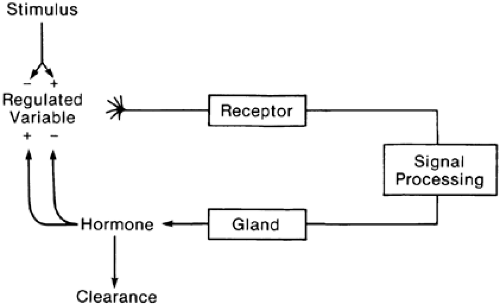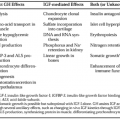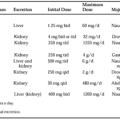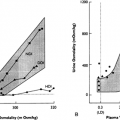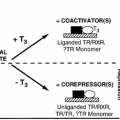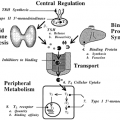FEEDBACK
DEFINITION
Feedback is a process within a system that occurs when the product or result of activity in the system modifies the factors that produce that product or result. The result can modify these factors in either of two ways: (a) by stimulating the factors to generate more product (positive feedback), or (b) by inhibiting the factors so that fewer products are generated (negative feedback).
Mammalian organisms are composed of many feedback systems. Each system has its own specific function and is self-regulating. However, all of the systems are interconnected, making the overall system extremely complex. Usually, negative feedback is used to maintain a variable within a range that is advantageous for optimal cellular function. When an internal or external stimulus perturbs a regulated variable, neural or endocrine responses (or both) occur that counteract the disturbance and return the variable to within its normal range. Such performance requires a means to determine the level of activity or the concentration of the variable that is regulated.
COMPONENTS
The components of a simple endocrine feedback system are shown in Figure 5-1. A variable is monitored by a receptor that is sensitive to changes in that variable. The receptor is connected to a structure or structures that process and integrate the signal generated by alterations in the variable. The signal processor includes a reference setpoint and a comparator element that compares the receptor input with the reference signal. The difference between input from the receptor and the setpoint is generated by the comparator, and the resulting error signal then modifies the existing activity of the effector endocrine gland. If the error signal is positive, the effector gland is stimulated to secrete, and the concentration of hormone in the circulation increases to levels that are adequate to effect the normalization of the perturbed regulated variable. Because many hormones are secreted into the circulation, the concentration of hormone achieved is affected by the rate of clearance and by the amount of hormone that is bound in the plasma compartment by a specific carrier protein (i.e., only the free, unbound hormone is available to cellular receptors).
LOCALIZATION OF COMPONENTS
The receptor, processing unit, and endocrine gland may all reside within a single cell or in a group of similar cells functioning in concert, or they may involve entirely separate and widely dispersed units. For example, the B cell (β cell, insulin-producing) of the pancreas is directly sensitive to changes in extracellular glucose concentration (see Chap. 134). An increase in blood glucose is thus sensed by the B cell and increases the rate of insulin synthesis and secretion. The increased concentration of insulin causes increased glucose transport into those cells that contain insulin receptors and a reduction in blood glucose concentration. The normalization of glucose concentration eliminates the stimulus to the B cell.
Arterial blood pressure is monitored by mechanoreceptors in the carotid artery and aortic arch. The central nervous system processes and integrates afferent information from the mechano-receptors. The autonomic nervous and various endocrine systems represent the “gland” that secretes norepinephrine and various hormones; when there is a marked decrease in arterial pressure, the release of these hormones effectively restores arterial blood pressure to normal.
Stay updated, free articles. Join our Telegram channel

Full access? Get Clinical Tree


